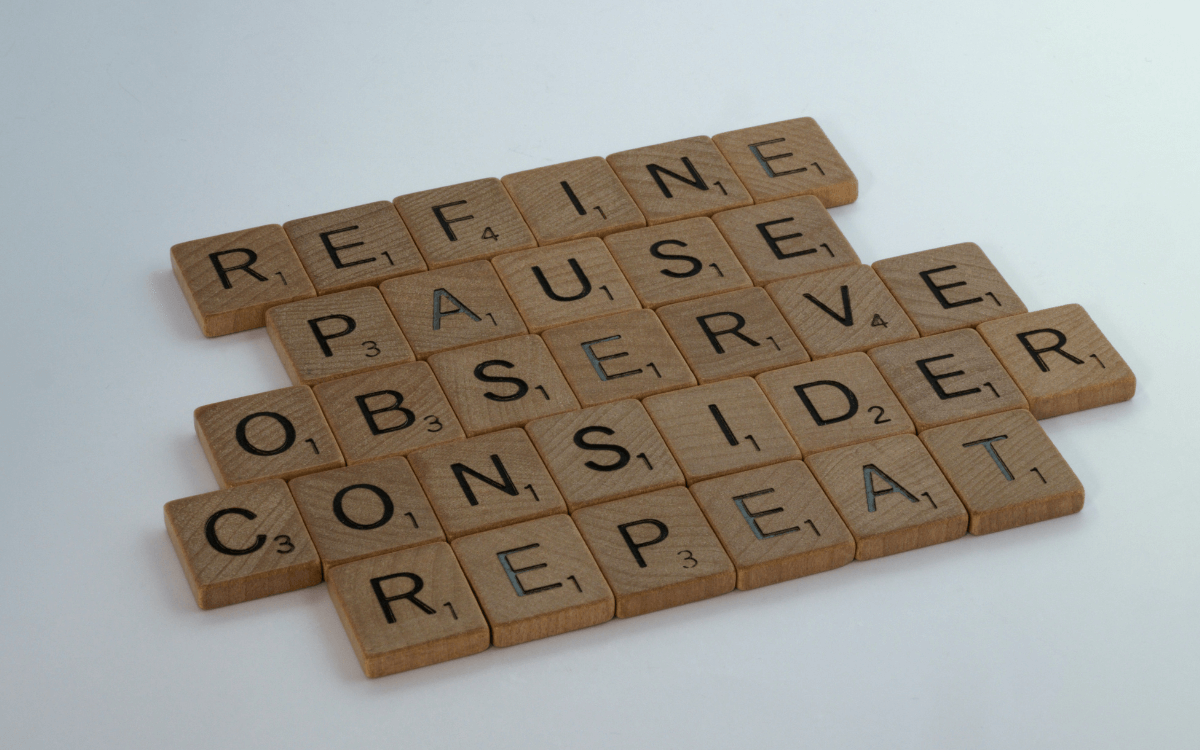Great design matters. That’s apparent in the brands we purchase to the platforms we binge. Design has a remarkable presence in our lives, with the power to influence a myriad of decisions. But despite its inherent value, defining design’s impact to stakeholders—in a language that resonates—isn’t always easy. So, how can you measure the value of design?
Speaking different languages: Qualitative vs. Quantitative
Only the best work is going to stand out in our frenetic consumer landscape. That reality means design is increasingly important to business viability. It should be easier than ever to make the case for prioritizing design. But, while creative teams understand its importance, many companies still struggle with determining how to resource it.
According to McKinsey & Company, “With no clear way to link design to business health, senior leaders are often reluctant to divert scarce resources to design functions. That is problematic because many of the key drivers of the strong and consistent design environment identified in our research call for company-level decisions and investments.”
Perhaps designers are partly to blame. They’re more often visual people than numbers people. This means they’re likely to employ qualitative, instead of quantitative frameworks when defending work, or justifying budget expenditures.
Designers may expound the virtues of an aesthetic or laud a high level of user experience, but less often do they do their business caps by citing metrics to support arguments.
Without a way to quantify impact, it can be difficult for design teams to articulate ROI in a way that compels stakeholders to embrace design initiatives. It can feel like everyone is speaking a different language.

Making a better case for design’s business value
In a 2018 report, McKinsey & Company outlined the results of a landmark study which examined the internal design practices of 300 publicly listed companies. Overwhelmingly, it highlighted strong correlations between companies whichincorporate design thinking and increases in revenue. That’s a great piece of evidence that design can quantitatively impact businesses.
The companies that were thriving were doing a lot of things right — four themes emerged which comprised the McKinsey Design Index (MDI):
Analytical Leadership
When companies inspire management-level curiosity on design metrics, leadership will base decisions more on objective data than subjective preferences.
User Experience
These companies developed a clearer understanding of their end users by using broader, cross-platform models to assess the customer journey. Having this kind of insight helps designers create stronger user experiences.
Cross-functional Talent
Designers at high performing companies are encouraged to work across functions. Leadership incentivizes growth through investments in new tools and opportunities. By establishing deeper collaboration between design and other teams, functional silos diminish.
Continuous Iteration
The best companies advocate a culture of testing and learning. Combining qualitative and quantitative research will yield stronger concepts. Through continual iteration, teams can stay nimble in their pursuit of ideal solutions.

Design adds value — so talk like it does
Amongst all of the takeaways from McKinsey & Company’s study, the most evident is: give design a bigger seat at the business table, and fabulous things can happen.
Designers should be encouraged to wield metrics which illustrate the impact of their work on revenue and conversions. The result? Stakeholders will be more likely to listen, and everyone will see the results.
Forrester indicated an ROI of 85% or greater for companies which employ design thinking, noting, “The key to developing a successful and compelling business case for design thinking is rooted in finding and socializing metrics that stakeholders care about and that set the team up for success.”
Leading companies also had a firm grasp on the process behind making their own brand stand out. They understand the strong correlation between design and business — and adapt their processes to reflect it. They help everyone to speak the same language.

Arm Yourselves! (With data.)
As creative professionals, we make the case for great design every day. We can augment our efforts with defensible data and better communication protocols. As a result, best-in-class design work is increasingly recognized as instrumental in helping businesses rise to the top.
Let’s get the word out. Companies should encourage design thinking to more effectively align goals across teams, learning from the themes outlined in the MDI. As designers, the more we can use the language of business to communicate ROI—defending decisions pragmatically through metrics which demonstrate measurable returns—the more successful we’ll be in proving what we’ve known all along: great design is a sound investment.
Ready to elevate your brand? Let’s work together to create something extraordinary. Contact us today!
Contact UsRecent Insights
How to Know When to Update Your Visual Brand
While it's crucial to maintain a timeless and authentic visual identity that reflects your mission, integrating modern design elements can help your nonprofit appear fresh and relevant to both long-time supporters and new audiences.
28
Jun

28
Jun
The Benefits of Working with a Midsize Creative Agency
Discover the strategic advantages of partnering with a midsize agency like Push10, where personalized attention, agility, diverse talent, intentional size management, cost-effective solutions, and consistent quality converge to propel your branding and website design projects towards success.
15
Nov

15
Nov

